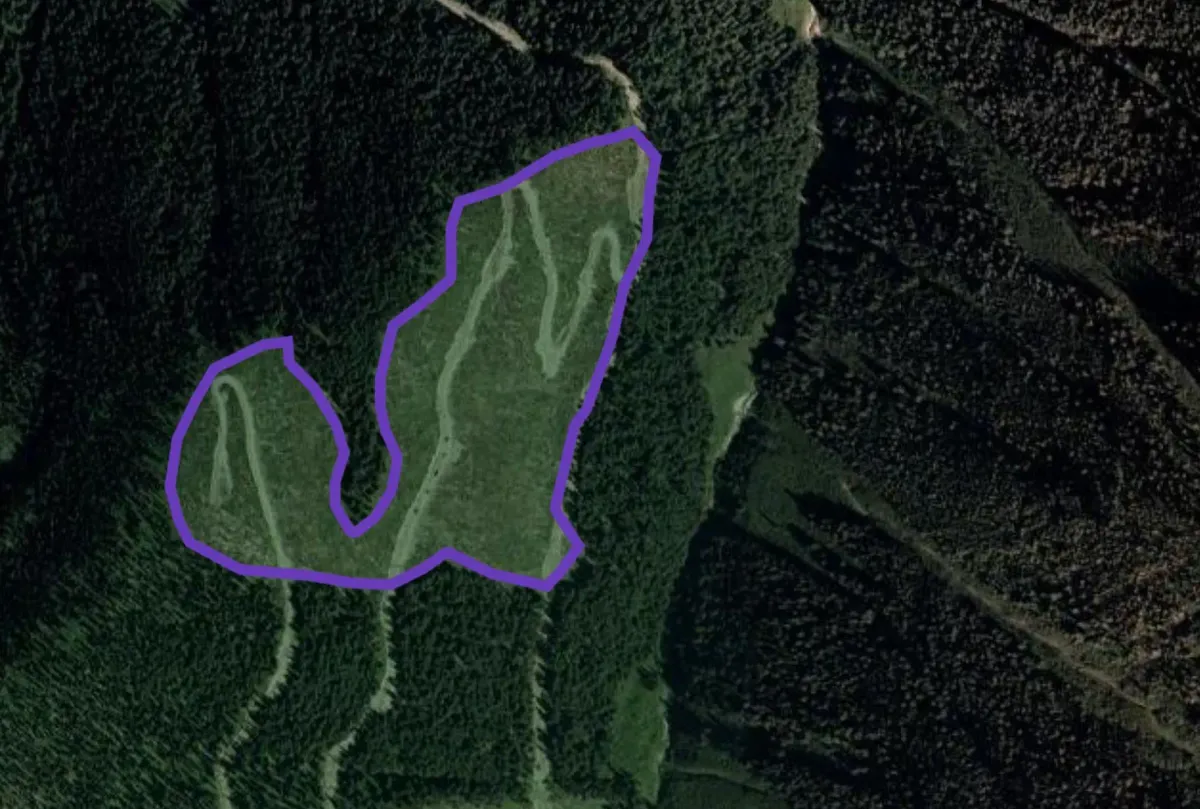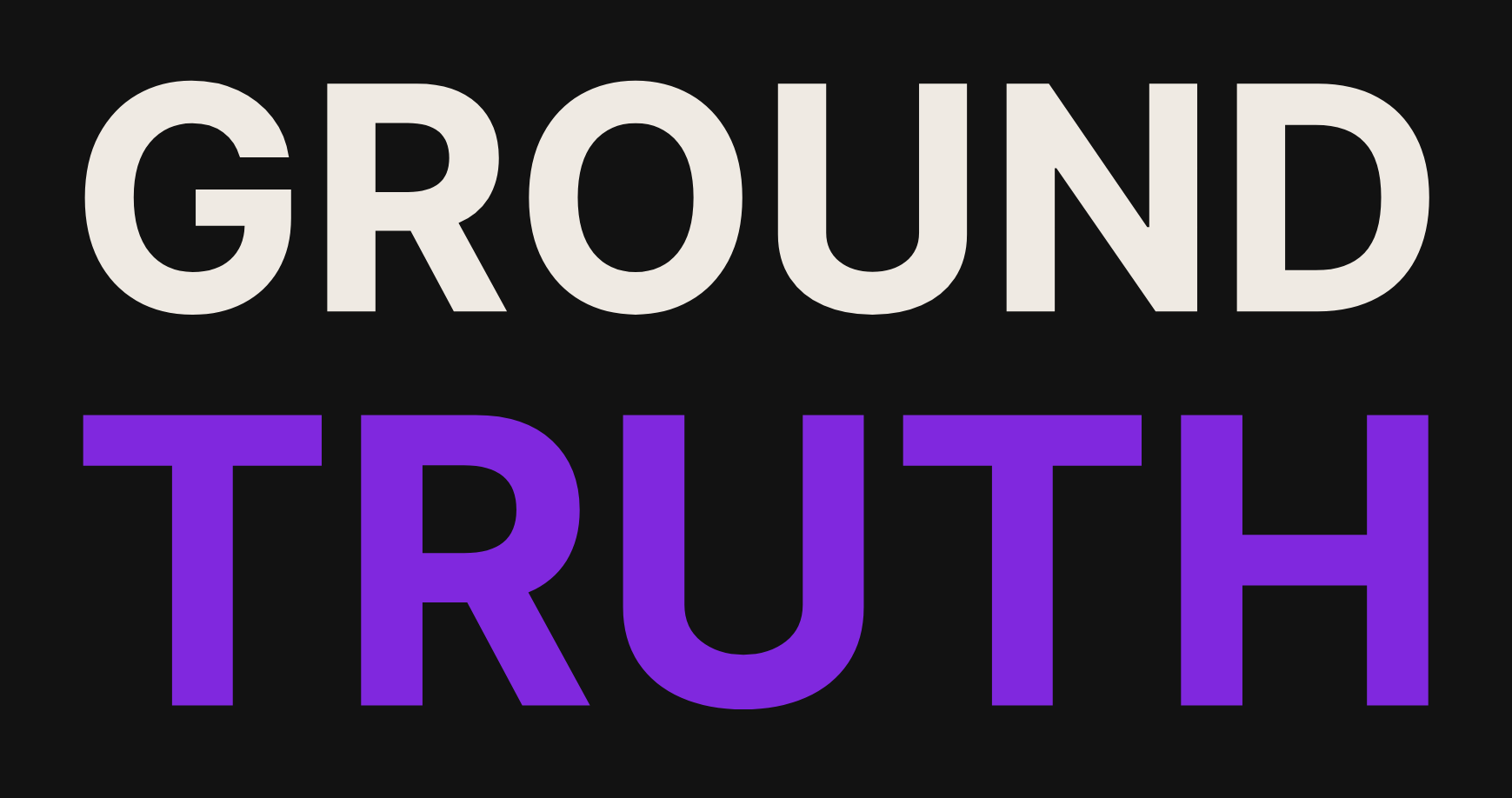AccountabiliTree - Q/A
A guide made by professional tree planters for transparency in reforestation projects.

Reforestation Promises: Where’s the Proof?
Every day, we hear ambitious claims about tree planting. “A thousand trees here,” “a million trees there.” Sounds great, right? But without publicly available data, it’s impossible to know whether these claims are true.
The public deserves to know the answers to some very basic questions:
- 🧑🏿🤝🧑🏼️ Who planted the trees, and who funded the work?
- 🌳️ What species were planted, and how many?
- 🗺️️ Where are the trees? (Hint: EXACTLY where. See cover picture)
Why do I need to know, I'm not an expert?
Consumers make complex choices on food, health, finance, and technology. Transparent information, consumer choice, feedback and informed analysis drive innovation and competition in all manner of products. Reforestation is no different.
How can you really know the trees were planted?
Trees don't move so its easy to track compared to most supply chains. Even a small project is big enough to see from satellite images.
Fool me once, sure it's hard to know. But for a large transparent operation the strengths of the claims would increase over time. Or vis versa.
Can't we just used trusted vendors?
If they're selling something they should want you to know as much as possible about it. Who sells a secret product or service?
Arn't there privacy concerns sharing the location?
Well if they have no qualms sharing a pin to the wrong location online, a map is the least they can do. Trees don't have privacy concerns the way people do. There's some great platforms you can do this like explorer.land, Restor.Eco. Check them out.
Planting trees doesn't mean growing them
Actually, it does. The claim of “planting trees” inherently implies an intent to sustain their growth to maturity. Making this claim without genuine intent or capacity is a misrepresentation. If the trees fail to grow, the initial claim is void. Furthermore, lack of knowledge or control over their failure does not absolve the original party of responsibility.
While planting a lot of trees inevitably involves some mortality, the extent to which is easy to survey and calculate if, and when, a meaningful amount of the data is transparent. If we show our cards, if we face the music and have informed, honest conversations about expectations and real and legitimate concerns about the fate of trees were planting; that is the best possible outcome producers and consumers and all the plants, and animals that live in these vast regions of forests were planting.
Why Accountability Matters:
Because trees matter
Reforestation offers tangible benefits to climate and biodiversity. People and business pay hard earned money to plant trees and that money should go where it's meant to go otherwise it is fraud.
To Build Public Trust
Transparency strengthens trust. When sponsors, communities, and investors can see where the trees are, confidence in the market grows. Investment and competition grow and everyone wins. 🏅️🏅️
To Measure Real Impact
Tree planting is only the beginning. We need data to measure survival rates, biodiversity, carbon sequestration, and long-term benefits. Otherwise, it’s just planting sticks in the ground.
To Foster Collaboration
Governments, businesses, and NGOs all benefit from shared, accurate data. Open data aligns efforts and prevents everyone from planting trees on the same plot of land.
To Drive Smarter Innovation
Detailed, transparent data empowers communities, scientists, and developers to create tools and strategies that work.
What Does Transparency Look Like?
For a reforestation program to be truly accountable, here’s what we should be able to see:
- Exact locations: Show us the polygons! Maps with precise planting locations, not vague claims.
- Tree counts and species diversity: How many trees? What species? Was biodiversity prioritized?
- Monitoring data: Survival rates, growth rates, and outcomes over time.
In Canada, for example, detailed reporting like this is the standard in forestry projects. If it’s doable there, it’s doable everywhere.
Shoutout to the Pioneers
There’s good news: platforms like explorer.land, Restor.Eco, the Brazilian Restoration and Reforestation Observatory and others are leading the way in transparency.
These tools offer maps and data that let us watch reforestation projects unfold in near real time. But the field still has a long way to go—more detailed and accessible reporting would make a huge difference.
Why We Care (And Why You Should Too)
We’ve spent years on the ground in reforestation. We know what accountability looks like, and we believe that transparency is the foundation of trust.
With #AccountabiliTrees, we’re calling for open data, honest reporting, and a shared commitment to doing reforestation right. Let’s separate the fluff from the facts—and celebrate the projects that are getting it right. Let's find the exisitng data on reforestation, and let's open up what's hidden (within reason).
What do you think? Are you ready to demand transparency, too?
More random questions....
Aren't you just enabling the fossil fuel industry?
No! Well kind of.
I've never heard anyone say planting trees is a silver bullet to fix climate change, so it's a bit of a boogie man. I pick up garbage sometimes and no one says its causing litter. If they did I'd do it anyway.
What if you plant the wrong trees?
Then they will die and the issue will appear on satellites imagery. So companies that do so will be held accountable, like in any business... Unless the locations are not public, (most aren't), then no one is acceptable and it can happen again with no implication.
I heard all these trees died cause they were planted in the wrong place
No. Some were surely discarded or failed to seed at all. It's very hard to plant trees so nobody plants them all in the wrong place.
This 'wrong place' scenario is a symptom of a broader problem of accountability in reforestation. Some people grow crops that rot and build TVs that short circuit, but they don't stay in business for long. Market transparency is a wonder for that.
Is all tree planting bullshit?
Not at all ♥️🌲️. Tree planting the easiest and cheapest and way to help the environment, aside from reducing consumption. A single tree produces thousands of seeds which can be replanted for a tiny fraction of what they're actually worth. Pocket change. Billions of trees are planted every year. We love planting them that's why informed consumers can drive competition and regain trust in the market. Just ask "where are the trees?" Real tree planters love to tell you all about it.
